The EV ARIYA, Nissan’s new crossover Electric vehicle, was announced on the 15th of July. Besides a base price of 5 million yen ($47,000), there are few details available to the public, and deliveries will not start until the middle of 2021. Until then, several exciting new EVs from Nissan’s competitors (Honda e, DS 3 Crossback E-tense, Lexus UX-300e, Mazda MX-30) will be released. Is it worth waiting for the ARIYA?
To find out, I interviewed Hikaru Nakajima, Nissan’s new CVE (Chief Vehicle Engineer), a few days after the announcement.
Original post in Japanese:『日産 アリア』中嶋光CVEに気になるあれこれ独占リモートインタビュー by Yoshinori Yorimoto on EVsmart blog
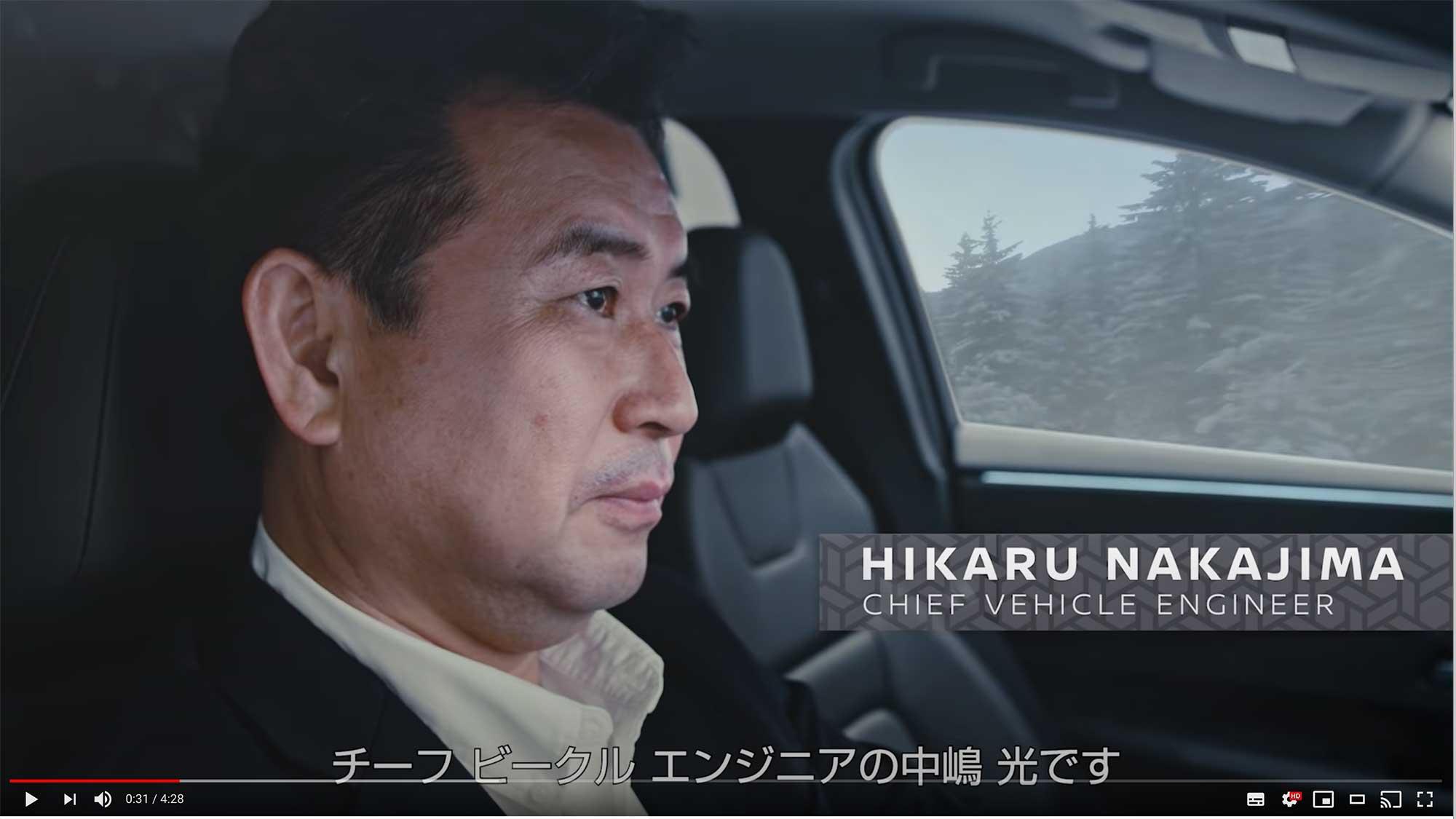
Is it true that ARIYA’s batteries will be supplied by Chinese company CATL?
We are not yet revealing our battery supplier, but I can say it is a single company.
I believe you use NMC batteries. Are they based on the latest designs (e.g. NMC811)?
Yes, we use NMC batteries, but we are not yet revealing details like the chemical components.
ARIYA will be sold with two battery sizes: 65kWh and 90kWh. Why did you choose these sizes?

It was necessary for ARIYA’s base grade to have a minimum 450km range, which is equivalent to the Nissan LEAF e+. The ARIYA will need a slightly larger battery (65kWh vs 62kWh battery), simply because its body is heavier than the LEAF e+.
We set a target of over 600km range for ARIYA’s long range model; in this case, 90kWh will be sufficient.
ARIYA has a liquid coolant system for batteries. Do you use liquid to warm them up as well?

Yes, we use a liquid system to both cool and warm up batteries.
This is a new system, not found in the LEAF. Did you encounter any technical difficulties?
It is important to keep EV batteries within a stable temperature range of 30-40°C, whilst also maintaining a comfortable internal environment for the passenger. Therefore, the ARIYA system comprises of both air-conditioning and a heat pump, with every effort made to keep the system quiet.
I remember seeing a “fast battery cooling button” at an ARIYA exhibition at NISSAN’s global headquarters.

Exhibition cars are usually unfinished versions, with a feature set that may differ from commercially released cars. The “Fast cooling battery” was an experimental feature, in which we compromised some noise inside the car in order to maximize cooling.
I did not find a thermometer for the batteries.
You checked the car in a lot of detail! I cannot confirm, but I expect final versions will have thermometers.
Do the temperature control pipes make battery recycling more difficult?
The coolant pipework for the battery temperature management system have casings, to enable individual control of temperature in each module. The recycling process for batteries will be similar to that of the LEAF.
Why is fast charging limited to 130kW?
This is the optimal choice, when considering both charging speed and battery degradation. When you use a 130kW charger, maximum output is applied up to 70% of SOC.
Will Nissan build the infrastructure required for 130kW fast charging?
I think it is better that NISSAN’s assigned department for infrastructure answer that question, but I hope more 150kW chargers will be available in highway parking areas in the future.
Why do the ARIYA and LEAF have different charging port locations?
It is simply for aesthetic purposes. The LEAF has its charging port at the front center of the car, but ARIYA has a shield with geometric patterns in this location. To enhance the design of the ARIYA, we decided to change the port location.
Does the car have a AC100V outlet? I could not find one on the exhibition car.
We do not plan to include AC outputs with the ARIYA, but it can be connected to V2H (Vehicle-2-Home) machines.
Many users find AC outlets useful for outdoor activities, and especially for emergency situations.
We will consider it as an option for the car in the future.
ARIYA’s body size and price range would make it a rival to Tesla’s Model Y. Is this correct?
Of course, there will be comparisons to the Model Y and Model 3.
However, we think the ARIYA is the best EV solution in the C-segment SUV classification. For example, the car has a relatively long wheelbase and short overhang, while the interior has fewer partitions (and some movable components). Together, these features allow a spacious interior, similar to larger, more luxurious vehicle classifications.
I expected the floor to be flat, but the exhibition car had some raised sections in the middle. What is in there?

That part contains equipment cables, such as the “ProPILOT 2.0” which requires power from a sub-battery.
How is the ARIYA superior to Tesla’s cars such as the model Y?
While Tesla does make attractive electric vehicles, NISSAN has far more expertise as an automaker. This is noticeable in the quietness and maneuverability of our cars, which have been polished over decades of development. We think ARIYA features both the advantages of an EV, and the high quality expected from NISSAN.
How does ARIYA’s e-4ORCE compare to Tesla’s models with AWD and two motors?
NISSAN originally developed this technology in 4WD sports vehicles such as the GT-R. We have also accumulated a lot of experience in motor control technology with the LEAF. This is important for EVs, as the motors require faster and more precise control (10,000 times a second) than a combustion engine. Therefore, the e-4ORCE is a highly capable 4WD system, and ARIYA owners will enjoy driving in any road conditions.
What is the “remote software upgrade” function?
In summary, this function will update the vehicle software frequently. The software industry changes rapidly, and the ARIYA has about 30 ECUs (Electronic Control Units), which each control various functions. We would like to keep the software for each ECU updated to the latest technology at all times.
Will the ARIYA use the same app for connecting the LEAF to a smartphones?
We have “NissanConnectEV” that works slightly differently across different versions of the LEAF. We will provide a new ARIYA-specific version of this app. In particular, new functions like a “smart route planner” will be included.
I found that the app for the LEAF AZE0 (an older model) has a slower response time than Tesla’s app.
The app is being improved all the time, especially in anticipation of ARIYA. Recent improvements include a more efficient communication between the app and vehicle.
Why did NISSAN announce this car a year before its release?
The announcement was scheduled to coincide with the Tokyo Olympics, so that we could exhibit the ARIYA at events. We decided to proceed with the announcement, despite the postponement of the Olympics.
How close is ARIYA’s development to completion?
Improvements to the user interface and software are ongoing, while expertise in production and scaling are also being refined.
The author’s opinion
The ARIYA’s base price of 5 million yen is similar to that of the Honda e. Both cars boast “advanced technology”, but the ARIYA’s 65kWh battery is more attractive than the Honda e’s 35.5kWh. On the other hand, the Honda e’s smaller size is more convenient for many potential EV owners in Japan, given the narrow roads and typically short driving distances for most errands. In this case, perhaps the ARIYA is too big.
At the time of writing, the base model ARIYA (65kWh battery and 2WD) will cost about 5.4 million yen, while the higher end model (e-4ORCE and ProPILOT 2.0) will be closer to 6.5 million. This is far better than the 8 million yen I expected upon seeing the exhibition car at Nissan global HQ, and adds to the increasing range of affordable EVs in the Japanese market, such as the Peugeot e208, DS3 Crosssback, LEAF and Model 3.
English translation: Cameron Yozin & Meiko Sugita

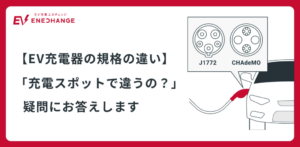
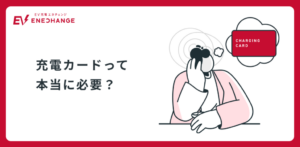


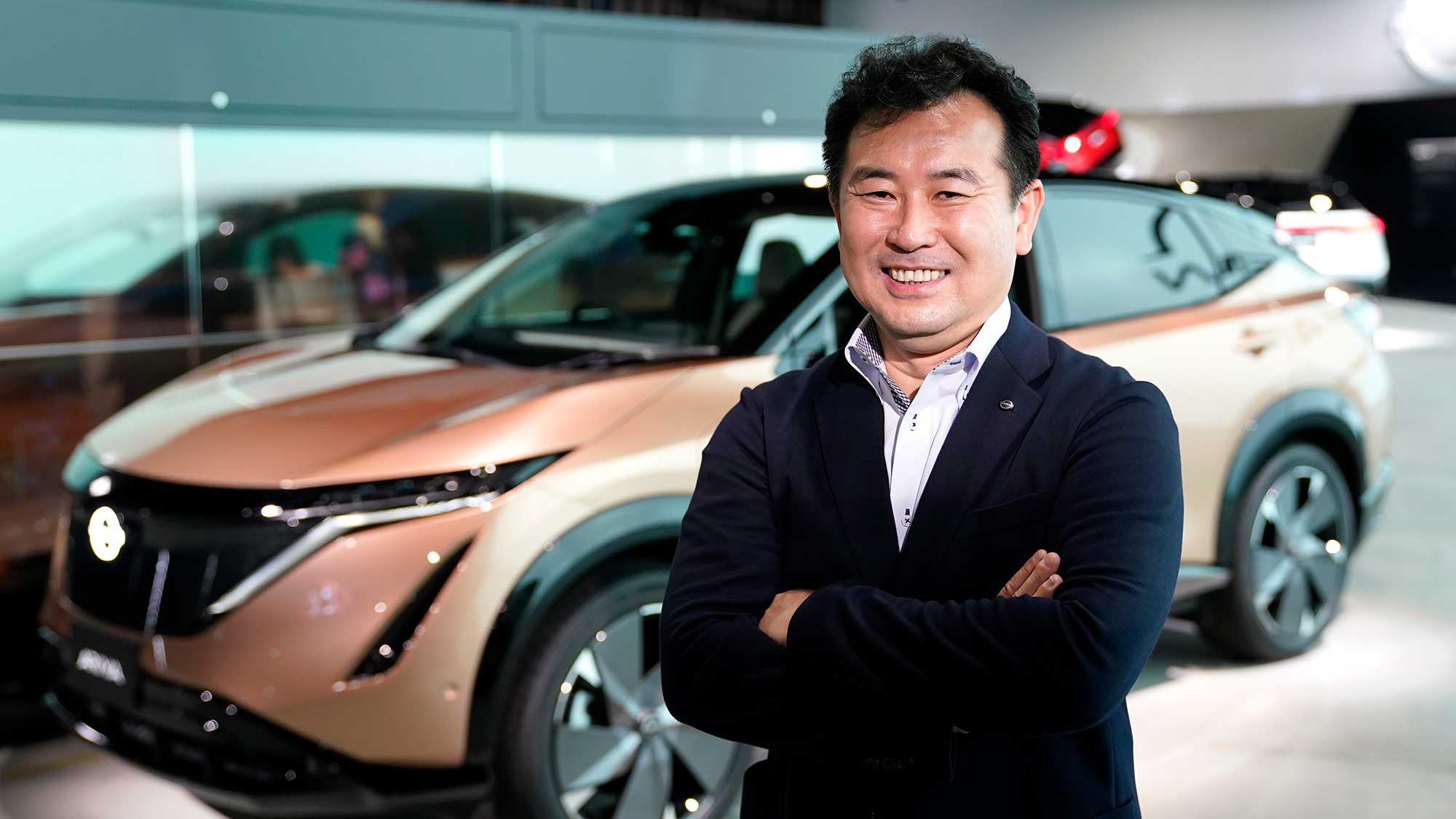
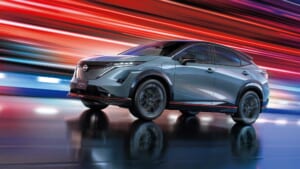
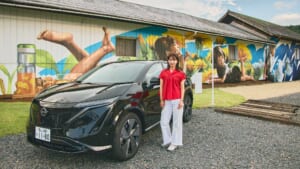
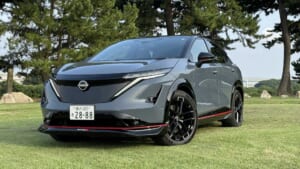

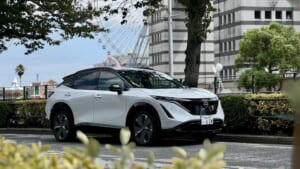


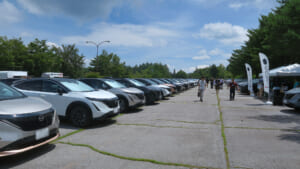
コメント